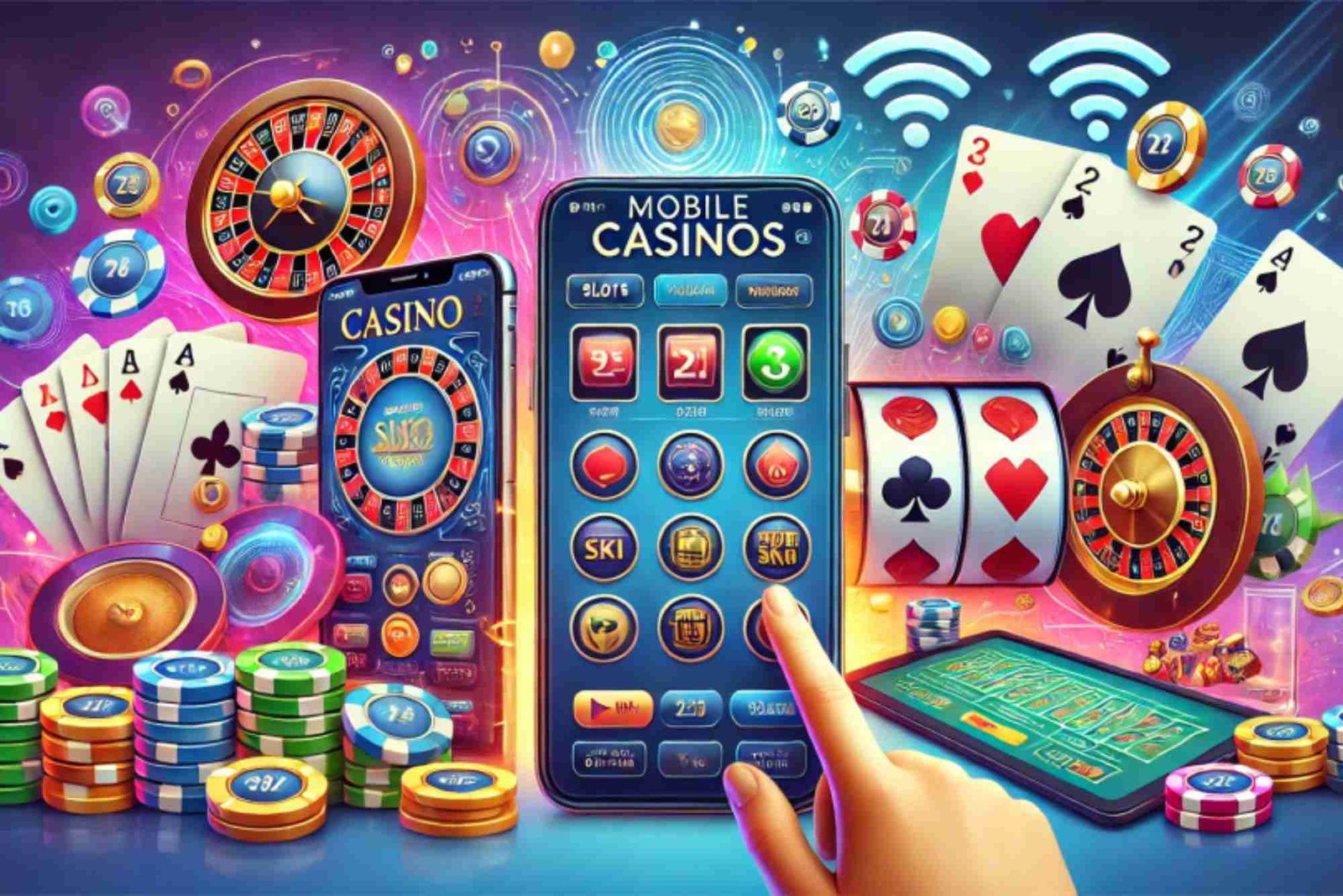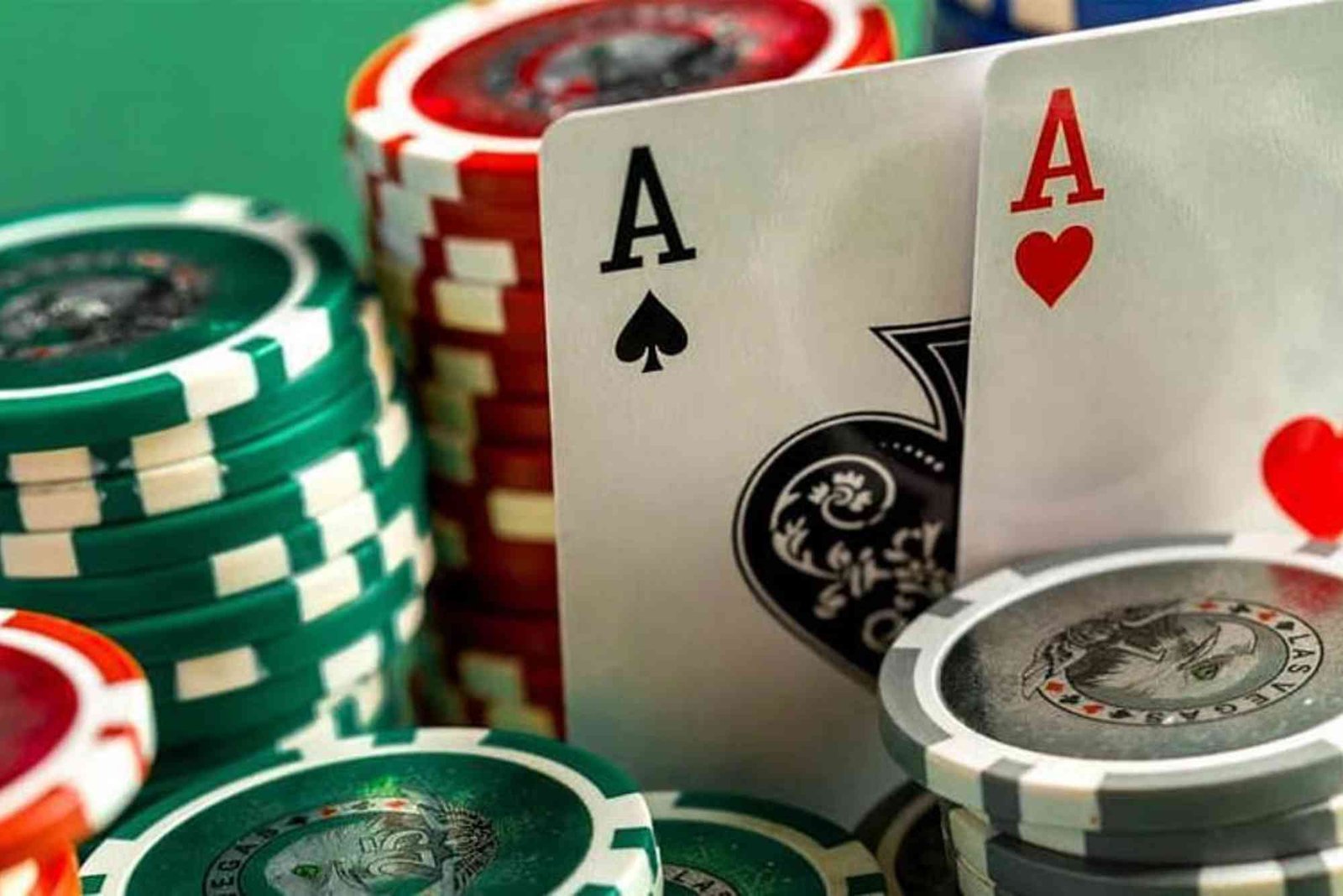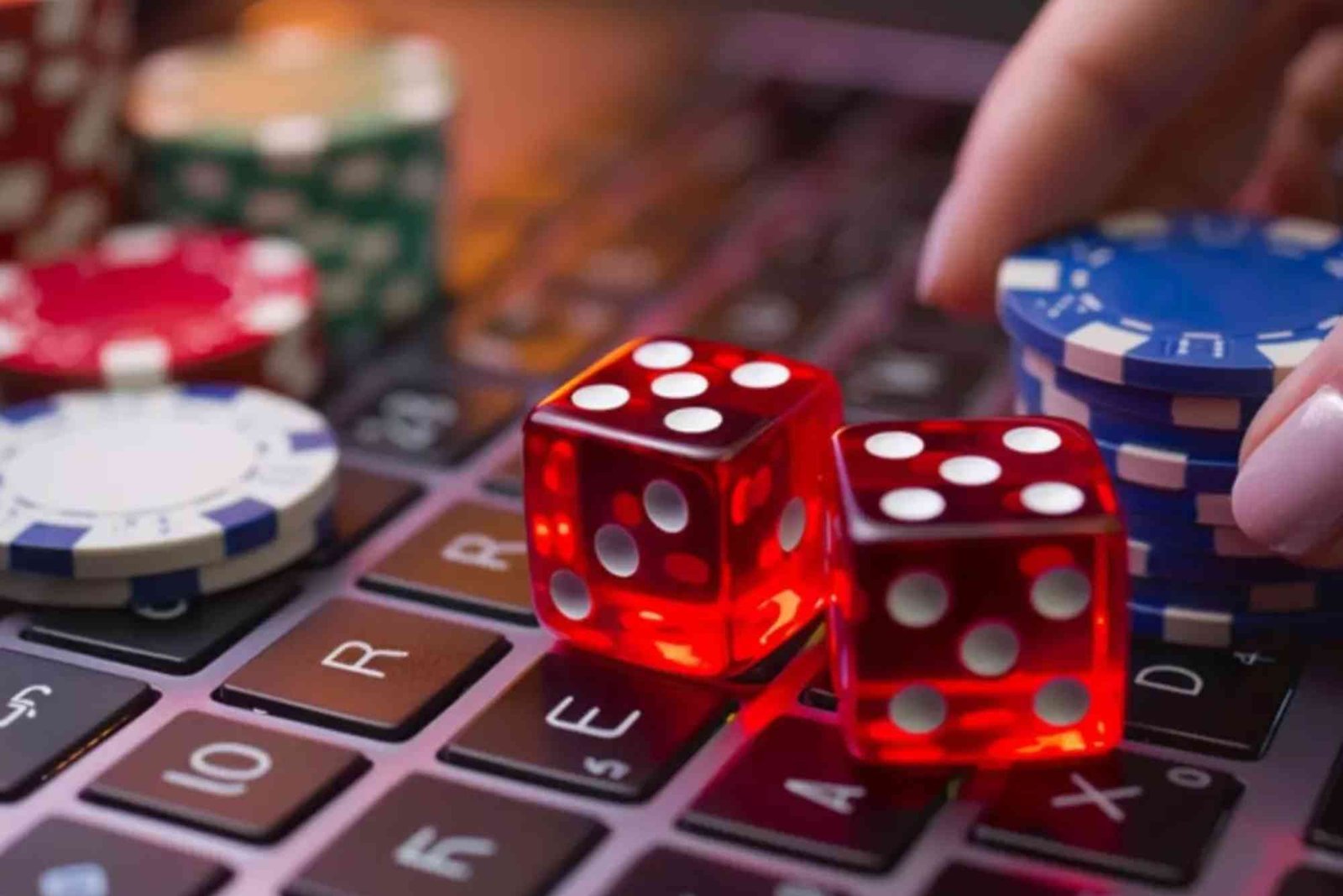The first time you trigger an “Epic Wheel” on a modern slot or hybrid casino game, it feels like a theatrical mini-game stitched onto the reels: lights dim, a chromed wheel fanfares into view, and suddenly your outcome is decided by a single spin rather than a string of incremental reel results. Yet behind the colour and suspense sits a carefully weighted reward distribution, compliance logic, adaptive segmentation and volatility management. In this guide I’ll unpack—in plain language but with insider nuance—how epic wheels actually award bonuses, what determines the slices you see, and how you, as a player or industry observer, can evaluate their real value versus the headline spectacle.
What Is an Epic Wheel Feature?
An “Epic Wheel” (naming varies: Super Wheel, Prize Wheel, Mega Wheel, Bonus Wheel) is a secondary bonus mechanic where the base game transitions to an interface containing a circular spinner segmented into reward slices. Each slice corresponds to a discrete prize category—instant credits, multipliers, free spin bundles, mystery picks, jackpot qualifiers, or progression keys. Unlike traditional free spin triggers that lock you into a fixed mode, a wheel compresses a wide reward dispersion into a single, high-drama decision point. The design philosophy combines anticipation density (fast suspense resolution) with reward variety (broad slice taxonomy) to keep engagement fresh across repeated triggers.
In competitive release calendars—especially across new casinos uk—developers leverage epic wheels as a differentiator: the mechanic is cinematic enough for marketing banners, while its flexible slice matrix lets product teams fine-tune theoretical return without rebuilding the base reel math.
How Do You Qualify for the Wheel?
Most epic wheel triggers fall into one of three structural models:
Scatter Accumulation
Collect three or more scatter symbols in a single spin; the scatter table defines trigger probability. Designers may layer near-miss audio/animations on two-scatters to heighten perceived frequency while actual probability remains unchanged.
Meter or Token Collection
Certain base symbols carry fragments (e.g., wheel shards, tokens). Accumulate N within a rolling window to fill a meter. This extends anticipation and recency ties—players feel “invested” after partial progress, raising session continuity.
Random Overlay (Time or Bet-Weighted RNG)
A background random number generator rolls each spin: if result ≤ threshold (which can scale with bet size), the wheel triggers. Some systems add Bet Weight Curves so higher stakes modestly increase wheel access without disturbing fairness claims.
Anatomy of the Wheel: Slices, Bands and Tiers
An epic wheel is rarely a uniform set of equal-probability wedges. Instead, designers employ slice families:
Low Value Band: Frequent, small credit prizes (e.g. 5×–15× bet) stabilizing volatility.
Medium Utility Band: Free spin bundles or modest multipliers (e.g. 20×–40× or 8–12 free spins).
High Excitement Band: Feature upgrades, gamble options, or progressive jackpot qualifiers.
Ultra-Rare Apex Slice(s): Grand jackpot, massive multiplier (e.g. 500×–2,000×), or chained wheel upgrade (a second wheel with inflated values).
The displayed wheel is a visualization layer. Under the hood each slice points to an outcome ID referencing a pay table with probability weights. Sometimes identical prize amounts appear twice to increase perceived clustering; conversely, a single high slice creates focal aspiration.
Weighting Logic and Return to Player (RTP) Allocation
The wheel’s contribution to overall RTP is budgeted during math modelling. Example: Base game generates 88%–90% theoretical return; wheel + ancillary feature contributes 4%–6% to reach advertised total (say 95%). Designers then decide slice EVs (expected value) such that:
Σ (Slice Probability × Slice Payout EV) ≈ Wheel RTP Allocation
If free spins appear as prizes, the EV of those spins (not the headline count) is used in the equation. A “10 Free Spins” slice might carry an internal EV of 35× bet if internal simulations show average return per free spin set = 3.5× bet after secondary retriggers.
Volatility Shaping with Multipliers and Nested Wheels
To stretch the top-end potential without over-paying the median, developers layer conditional multipliers: you land a base prize (e.g. 50×) then a “Multiplier Phase” applies 2×–10× with descending probability. Another pattern is Wheel Upgrade: landing a “LEVEL UP” slice removes low-value slices from a re-spin wheel, mathematically increasing subsequent EV while the initial trigger probability for that path stays low.
Adaptive and Segment-Aware Wheels
Some modern platforms experiment with adaptive wheel states. The slice distribution can subtly alter based on session factors (within responsible gambling rules): e.g., if a player recently endured a long negative run, the system may swap one low slice for a medium slice while proportionally trimming a rarely-hit upgrade slice, keeping total EV constant but improving emotional recovery probability. Transparency varies: most implementations keep visual slices static and adjust only background weighting; others physically replace labels (often flagged in patch notes or promotion terms). Regulatory environments may limit adaptivity—jurisdictions demand static published odds or require that adaptive changes never increase risk.
Fairness, RNG and Certification
Legitimate wheels draw outcomes via certified RNG calls before or at the spin moment. The animation is revealing, not deciding, the result. Testing labs (eCOGRA, GLI, iTech Labs) audit:
RNG statistical randomness over large sample sets.
Mapping integrity between RNG range and slice distribution.
Consistency of theoretical return with declared math file.
If you see erratic frame jumps or the pointer “passes” a winning slice then backtracks, that’s animation choreography—allowed if outcome mapping remains deterministic and unbiased.
Player Psychology: Why Wheels Feel More Generous
Several cognitive levers are at work:
Unitary Resolution: One spin collapses complex probability into a focal event—reducing perceived grind.
Salience of High Slices: Even if a 1,000× wedge holds <0.1% probability, its persistent visual presence magnifies availability heuristic.
Illusion of Control: Some wheels incorporate a “Tap to Stop” or “Hold to Spin” interaction. Timing does not alter RNG result; it simply increases perceived agency.
Win Bundling: Wheel outcomes that grant packages (spins + multiplier) feel richer than equivalently-valued single credit awards because humans overweight combinatorial variety.
Practical Evaluation: Is the Wheel Worth Chasing?
Because you cannot usually “force” a wheel outside natural triggers (except via bonus buys on some jurisdictions), your strategy focuses on bankroll alignment and outcome exploitation:
Bankroll Fit
High-volatility wheels with tiny frequent slices and sparse mega slices require cushion; evaluate Hit Rate (HR): if wheel triggers on average every 180 spins and base game average cost per spin is 1× bet with 95% RTP, your expected net drain before a wheel is ~9× bet (5% house hold × 180) ignoring variance. Ensure bankroll >20–30× that figure to survive negative clustering.
Bonus Buy Considerations
Some versions offer a “Buy Wheel” price (e.g., 75× or 100× bet). Simulate (or review data) to check average wheel EV; if EV < purchase cost, the buy is convenience not value. Occasionally, promotional windows temporarily elevate wheel RTP (operator-funded) making buys neutral + entertainment value.
Slice Density Awareness
Count unique prize categories. Fewer slice types with more duplicates usually indicates smoother variance; more unique slices with thin spacing often signals higher variance distribution.
Free Spin vs Credit Slice Valuation
Credit slices are immediate and frictionless; free spin slices carry secondary volatility. If you prefer reduced exposure, immediate credits may represent better realized value even when nominal free spin headline potential looks larger.
Hidden Frictions: Wagering & Sticky Components
In pure slot environments, wheel credit prizes are usually cash-equivalent (subject only to general T&Cs). In some gamified hybrid lobbies or promotional overlays, wheel-awarded tokens/bonus credits may carry wagering. Always read the pop-up: a “Bonus 50×” label could mean bonus balance not cash. That impacts realized return because you must then convert under wagering multipliers (e.g., 20× bonus). The Effective Realization Rate (ERR) of a wagering-laden prize is:
ERR ≈ (1 – House Edge)^(Wagering Multiplier) (simplified)
If house edge (blended across eligible games) = 4% and wagering = 20×, expected retention can materially shrink the headline prize. Prefer cash-equivalent credit slices if your objective is minimizing friction.
Responsible Play & Cooling Dynamics
Better implementations integrate loss and time gates: after a large win, some systems reduce probability of immediately hitting wheel again (still random but weighted across a long horizon) to smooth distribution; others purposely do not adapt to avoid fairness concerns. Responsible design also includes session reminders, pausing wheel availability after extended continuous play, which paradoxically protects the “epic” feel by preventing desensitization.
Common Myths Debunked
“Stopping the Wheel at the Right Moment Changes the Prize”
Outcome pre-selected. Your tap just syncs animation termination.
“Game Pays Worse After a Big Wheel Win”
Short-term perception bias. RTP targets are long-horizon; there is no memory of your previous result in certified RNG flows.
“Big Slices Get Nerfed Late at Night”
Temporal conspiracy theories persist; certification disallows time-of-day outcome adjustments (excluding legally mandated jackpot reseeding events).
Design Evolution: Where Wheels Are Heading
Expect multi-layer wheels (outer ring picks volatility mode; inner ring picks multipliers), community wheel events where multiple players share upgrades, and progressive probability wheels where unused “upgrade energy” accumulates transparently. We’ll also likely see data-lite personalization—letting players choose between wheel profiles (High Vol / Balanced / Frequent Small) at trigger time, shifting slice weighting within a fixed total EV. This approach externalizes adaptivity into explicit player choice, improving transparency while preserving engagement.
Actionable Player Checklist (Narrative Form)
Before you lean into a session heavy on epic wheel anticipation, calibrate: know trigger frequency estimate; verify whether credit prizes are cash; screenshot the slice layout early; predefine a session loss ceiling and a “walk after major hit” rule; track wheel outcomes over at least 10–20 triggers to dispel cognitive distortions; and resist chasing a single rare slice—treat the wheel as a variance modulation layer, not a guaranteed bankroll turnaround device.
Final Thoughts
Epic wheels succeed because they compress possibility space into an emotionally potent spectacle while giving developers nimble tuning levers. Understanding the math, weighting, and psychological architecture lets you engage on informed terms: you appreciate the drama without falling for myths or overestimating rare slices. Treat each wheel spin as an entertainment pulse with a calculable expected value. Align bankroll, track outcomes objectively, and you’ll convert the spectacle into a strategic, sustainable layer of your play rather than a volatility trap




